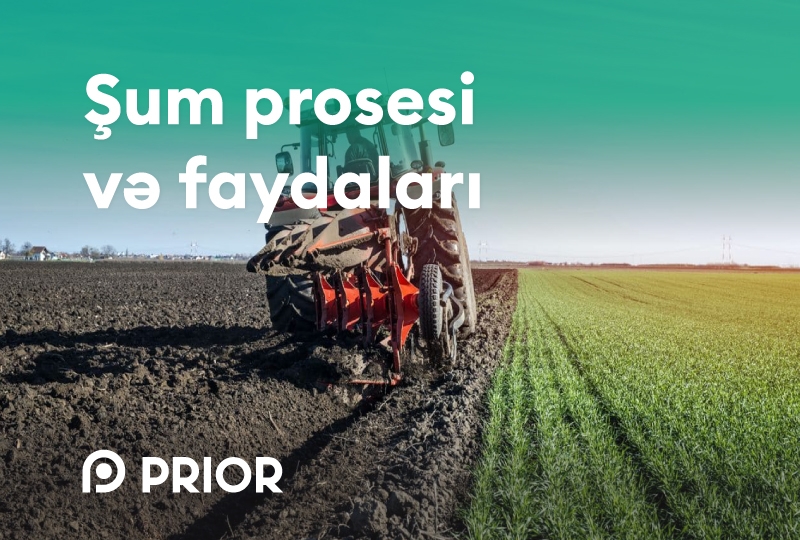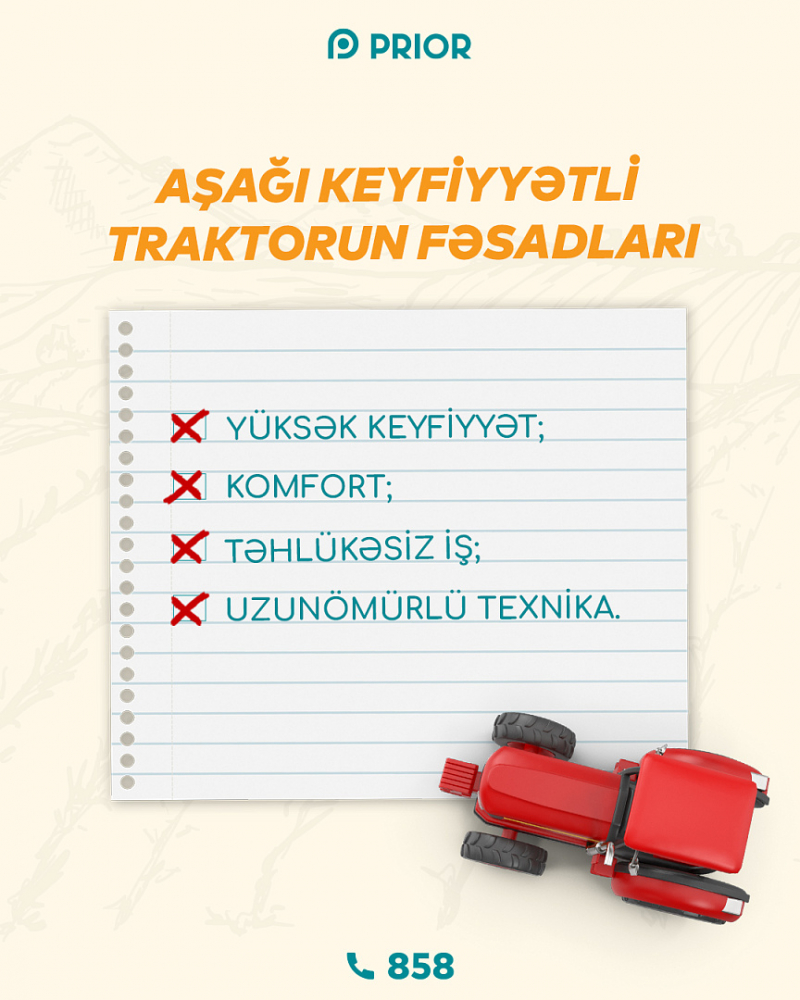Plowing process and the benefits

Plow, plowing-one of the main measures in the cultivation of soil with layered cuttings. During plow, the top layer of the soil is getting down, and the bottom layer is turned upside down.
Plow layer is a systematically decomposed layer of soil. Usually all the nutrients necessary for the growth and development of the plant are contained in the down layer of the soil. Softened soil easily absorbs moisture and passes it to the lower layers.
▸ The depth of the plow depends on the thickness of the fertile layer of the soil, the demand for agrotechnics of plants and their growing, the degree of scavenging of the field with weeds, soil-climatic conditions, etc. it is determined on the basis of conditions.
▸ The thicker the planting layer of the soil, the higher its fertility. That is, when the plow layer is deep, the plants normally grow and produce high yields, as moisture and nutrients are collected in the soil. Therefore, the deepening of the planting layer is considered a necessary agrotechnical measure.
▸ Increasing the thickness of the planting layer allows the soil to accumulate enough moisture, air can easily penetrate into deeper layers and activate microbiological processes. Due to the strong development of the root system in such soils, the surface part of the plants accumulates strongly and increases their resistance to lying on the ground.
Сор Weeds are easily destroyed by deep plowing. This is due to the fact that the roots of weeds are completely cut off, and deeply buried weed seeds can not germinate and come to the surface.
▸ Many diseases and pests inhabit plant residues. When taking the plowing deep, the sources of diseases and pests that turn into soil along with the plant remains are destroyed.
▸ Capillary and general porosity of soil increases during deep Shum, water and air easy access to the soil, the activity of aerobic microorganisms is strengthened, and plants the amount of nutrients easily absorbed by the body is increased.
▸ Atmospheric sediments that fall in the autumn-winter and summer periods in areas with deep Shum can go to the lower layers of the soil, which increases the moisture content in the soil and allows the plant roots to easily pass to the deep layers.
▸ When plowing is carried out shallowly and at the same depth each year, a solidified layer of soil is formed between the upper layer of soil and the lower layer. This layer makes it difficult for water, air, and plant roots to move downwards. Therefore, deep plowing or loosening should be carried out every 3-4 years to remove the hardened soil layer.
▸ Deepening of the planting layer is equally effective in all cases.
For example, deep plow, which is considered to be fertile in soils with a thick fertile layer, can be harmful in soils with a thin fertile layer. Because, in this case, when the less fertile soil is brought to the surface, the fertility of the planting layer is reduced, and the additional costs of deep plowing are not reimbursed.
back






 New products
New products Second hand equipments
Second hand equipments Campaigns
Campaigns





